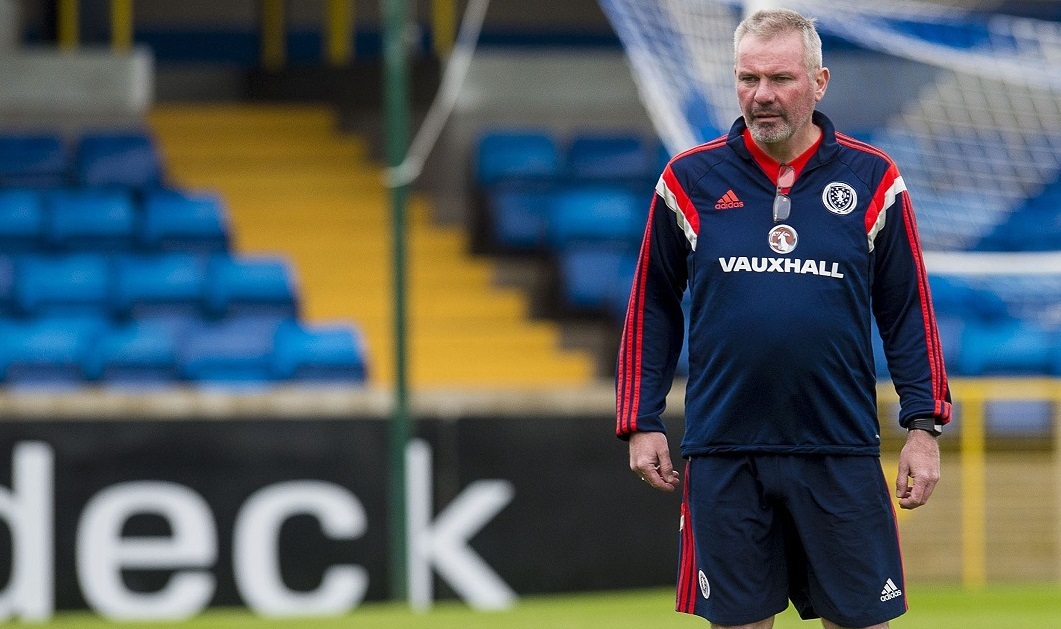
THE success of Scotland’s Under-19s in thrashing Ireland in midweek must have been a mistake.
How else to explain a result that ran so contrary to the views of Gordon Strachan?
The national manager has bemoaned the fact we are no longer producing top-quality footballers in large numbers.
That came after what was our ninth successive failure to qualify for a major competition.
In my column last week I pointed out we have been asking the question: “Where have all the good players gone?” for nearly 100 years.
I said I was convinced we have a lot of very promising youngsters coming through.
So the 4-0 victory of our young side over in Limerick was even more pleasing than it would otherwise have been.
Now we don’t want to burden individual kids with too much expectation.
Players develop at different rates and we have seen countless examples of precocious players getting caught up and overtaken by their peers.
However, there are signs this is an exciting group.
Holding midfielder Ruben Sammut was a key part of a Chelsea team which won the Youth Cup and League double last season.
And Alex Iacovitti of Nottingham Forest might just be the answer to our age-old central-defensive problems.
Oliver Burke, a winger who is Iacovitti’s club-mate at Forest, is very highly regarded and, of course, everyone knows about Kieran Tierney who is playing for Celtic every week.
Kilmarnock’s Greg Kiltie and Ryan Hardie of Rangers are two others who fans will know from their appearances for their club first teams.
Just how good they will become, only time will tell.
It will depend on the coaching they get at club and international level and it will depend on the individuals themselves.
People often imagine players improve only in respect of their technical ability.
That is not the case at all.
Equally important is the mental side of the game.
They need to develop their football intelligence, something which comes with experience.
Brian McClair, the SFA’s Performance Director, has spoken of the importance of not telling players how to get out of difficult situations but encouraging them to find their own solutions.
On first hearing it might sound a bit strange for someone who earns his living as a football coach to be suggesting.
But I know exactly where he is coming from.
When I was a young player, I was constantly trying to work out ways I could be more effective on the football pitch.
I would watch what others did, the little runs they made, or ways some strikers dealt with certain types of defender and then I would try them myself.
The satisfaction you get when it comes off not just once but on a consistent basis is hard to beat.
If we can get enough of our young players into that habit, I am convinced we will have a bright future to look forward to.

Enjoy the convenience of having The Sunday Post delivered as a digital ePaper straight to your smartphone, tablet or computer.
Subscribe for only £5.49 a month and enjoy all the benefits of the printed paper as a digital replica.
Subscribe